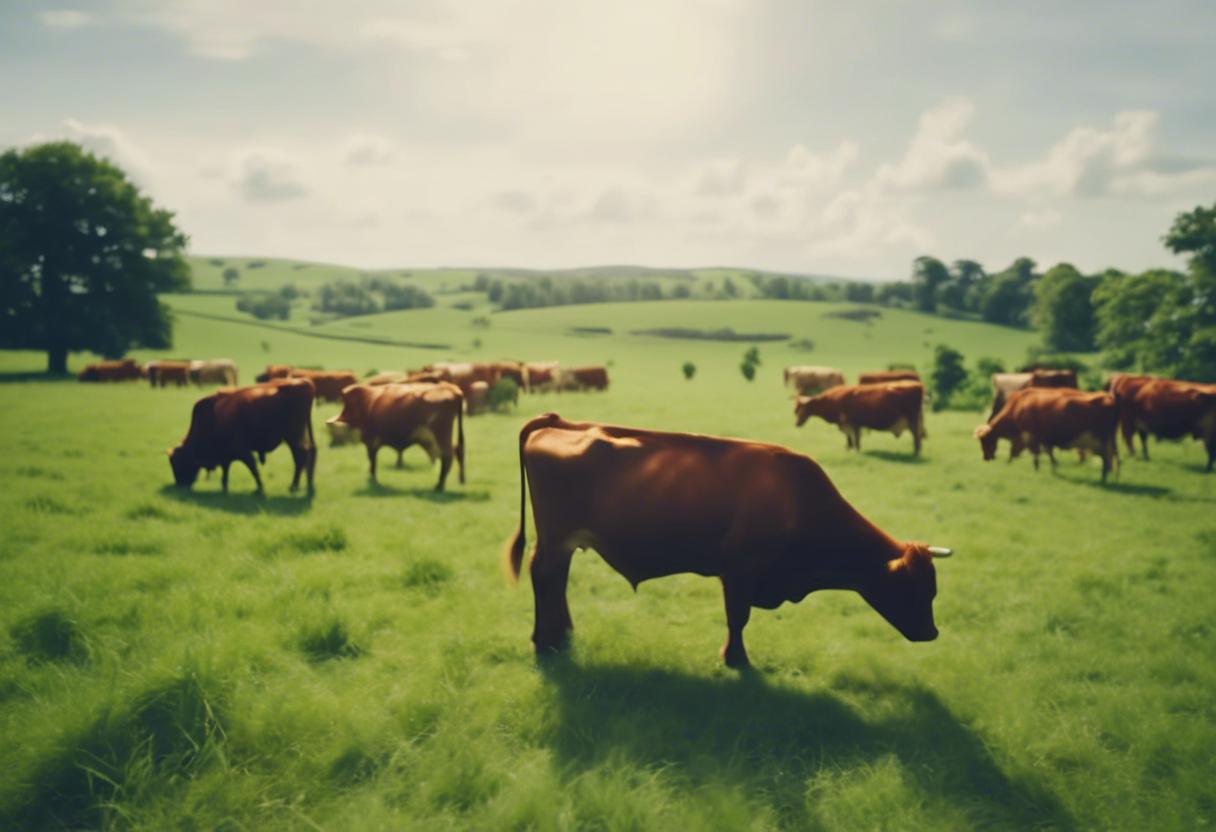A groundbreaking research, led by geneticists from Trinity College Dublin (TCD), unraveled the intricate prehistory of the now extinct aurochs, the ancestors of our modern domestic cows. Despite never reaching Ireland, these creatures initially spread from Asia and freely wandered Europe and Africa for hundreds of thousands of years, existing in ecological habitats similar to those where humans thrived and becoming an integral part of early human society and culture. The animal, domesticated millennia ago—the zenith of which we see in today’s cows—was a recurring theme in the earliest human art forms.
The last known wild auroch met its end in Poland in 1627, leaving their evolutionary progression largely unexplored, comments TCD’s Dr. Conor Rossi, the author of this study, which appears in the reputable scientific journal, Nature Communications. “But, the decoding of ancient DNA had enabled us to get an in-depth understanding about the unparalleled diversity among these creatures in their heyday and enriched our grasp on domestic cows,” Rossi explains.
The geneticists from TCD have been gathering and decoding ancient DNA for over a decade. Their joint efforts with a global group of researchers uncovered an unexpectedly wide range of diversity among the aurochs. Although the European aurochs are generally classified as a single breed or form, this research points towards the existence of three separate populations in Europe alone.
However, by decoding the DNA of cows that lived approximately 8,000 years ago, researchers discovered that the domestication of aurochs in the Fertile Crescent over 10,000 years ago led to a significant decline in this species’ diversity.
Professor Dan Bradley from Trinity’s School of Genetics and Microbiology, at the helm of this study, suggests that judging from these findings, nearly all cattle in existence today trace their ancestry back to just a few maternal auroch forbearers.
The researcher emphasised that domesticating the aurochs was not an inevitable occurrence – rather, a rare and remarkable event, given the creature’s size and disposition. This task he describes as one of mankind’s most significant accomplishments, because the aurochs themselves held an “iconic” status.
Furthermore, the study sheds light on the effects of climate fluctuations on the genetic rift between European and North Asian aurochs. Their genetic profiles began to differentiate at the onset of the previous glaciation around 100,000 years ago, only to converge once more after the icy period subsided. Such glacial spells affected the population sizes, with European herds experiencing a more prominent decline in diversity. These herds took asylum in the southern regions of the continent, only to repopulate the previous sectors after the cold period ceased.
The animal’s adaptation to varying climatic conditions pertains to their preference for habitats similar to those favoured by humans, thus making their evolutionary pathways significantly dynamic and intriguing, as mentioned by the researcher.

